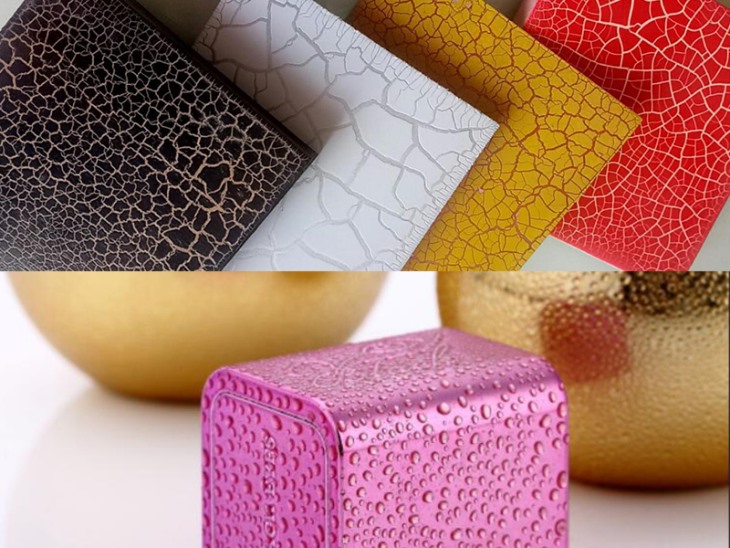The method of manual scrubbing can play the role of cleaning oil stains, but the output of the electroplating factory is large every day. There are no ways to scrub the corners manually, and there is still oil in the place where it is not rubbed.
And white oil immersion cleaning has certain safety problems, the effect is unstable, and the plating yield is not high. The electroplating anti-oil treatment agent is used to conceal oil stains and improve adhesion. Two problems can be solved at the same price, and it is not necessary to separately treat the oil with a cleaning agent. A process to deal with all problems, greatly reducing labor costs and improving yield.
Electroplated workpieces usually have some dust, oil and the like attached to them during handling and storage. However, the cleaning of the plating is not the same as the general degreasing cleaning. It is not only necessary to remove the oil on the surface, but also to ensure that it does not affect the plating. At this point we can choose to use electroplating anti-oil treatment agent to deal with
First, the material needs to be dusted, and then the electroplating anti-oil treatment agent is sprayed (it can be sprayed, not baked, sprayed directly to the bottom of the UV) and then vacuum plated, surface UV, the next process.
The traditional cleaning method of electroplating varnish is mainly based on different kinds of dirt, and different methods are used. For example, water and alkali degreaser are generally used for dust, electrolytic degreasing agent such as grease is used, and oxide layer or the like is selected. Some acidic cleaning agents such as dilute sulfuric acid and dilute hydrochloric acid. After some dirt is cleaned, the surface of the workpiece needs to be processed and edging and then electroplated.
The anti-oil treatment agent is mainly for some plastic raw materials, such as TPU, ABS, PC material, vacuum plating, because the substrate release agent is severe, resulting in oil residue after the primer and electroplating, but no Method delivery. Faced with this problem, many electroplating plants adopt the solvent to scrub or immerse the material surface first, and then spray the bottom UV. Although this method is simple, it has drawbacks. The electroplating anti-oil treatment agent covers the oil and improves the adhesion. There is no need to use a cleaning agent to solve the oil stain alone.

Previous: How to use cracks correctly
Related News
- What is the difference between waterborne glass paint and oily glass paint?
- Bubble problem in waterborne metal paint film formation
- Waterborne metal paint construction process
- Do you know the reason why glass lacquer can extend the life of log furniture?
- On the colored road, the old driver takes you on the road! Guangzhou Tianmai supply color wear-resistant pavement coating
- Characteristics and construction process of water-based crack paint
- In the hot summer days, the colored pavement will provide you with “heat and heat”. Guangzhou Tianmai supplies colored wear-resistant pavement paint.
- Waterborne glass paint type and application precautions
- How to apply water-based crack paint? Tianmai Chemical will solve your problems!
- Can epoxy anticorrosive paint be used outdoors?
- How to use cracks correctly
- What kinds of thinners are commonly used in glass paints?
- How to distinguish electroplating varnish
- What effect does waterborne metallic paint have on industrial development?
- What are the characteristics of waterborne metallic paints and what are the requirements for the construction environment?
- What are the factors of flash rust during the construction of waterborne metal paint?
- Introduction of common additives for water-based glass paint
- Tianmai waterborne metal paint brings you a little common sense of water paint
- What is the difference between epoxy self-leveling and cement self-leveling?
- What is the role of epoxy anti-rust paint?

